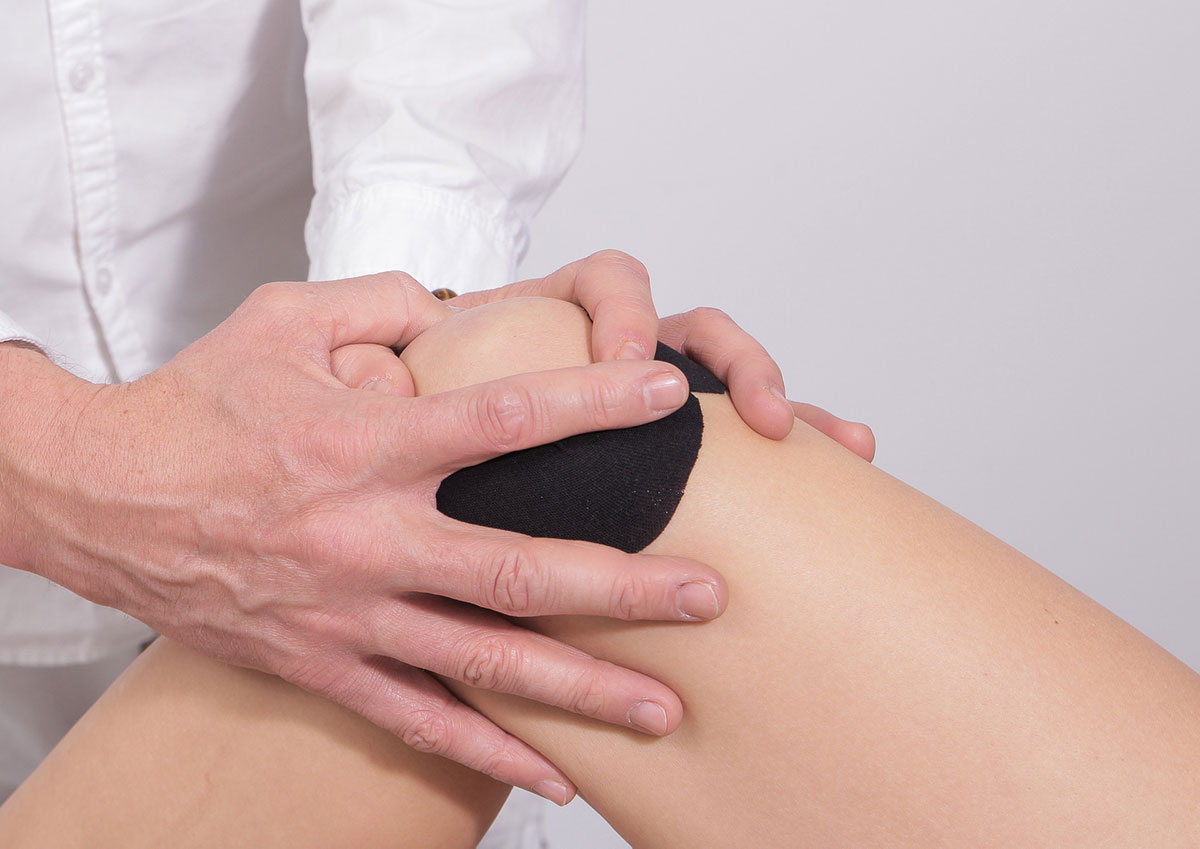
Knee pain is a common complaint that can affect anyone, from athletes to older adults. While many cases of knee discomfort improve with rest and home care, some symptoms indicate a more serious problem requiring professional evaluation. Understanding when to see a doctor about your knee pain is crucial to preventing further damage and ensuring proper treatment. This guide covers the key warning signs, causes, and when to seek medical help.
Not all knee pain requires a visit to the doctor. Minor sprains, strains, or overuse injuries often resolve with conservative treatments. However, persistent pain, swelling, or instability can signal underlying conditions that need expert diagnosis. Recognizing these signs early can improve outcomes and reduce the risk of long-term damage.

Before diving into the warning signs, it’s helpful to know some common knee problems that typically require a healthcare professional’s evaluation:
Damage to the anterior cruciate ligament (ACL), medial collateral ligament (MCL), or other ligaments often causes severe pain and instability. These injuries usually occur during sports or accidents.
The meniscus cushions the knee joint, and tears can cause pain, swelling, and difficulty moving the knee. Meniscus injuries sometimes require surgical intervention.
Bone fractures or kneecap dislocations after trauma need immediate medical attention due to the risk of permanent damage.
Osteoarthritis or rheumatoid arthritis can cause chronic knee pain, swelling, and stiffness, which often require medical management.
While minor knee pain can be monitored at home, the following symptoms indicate that you should consult a healthcare provider promptly:
If your knee pain is severe and doesn’t improve after a few days of rest, ice, and over-the-counter painkillers, it’s important to seek medical advice. Persistent pain might indicate ligament damage, cartilage injury, or early arthritis.
If you cannot put weight on your affected leg or if walking is painful or unstable, this suggests significant injury. Conditions like fractures, ligament tears, or severe sprains may be responsible.
Swelling that develops suddenly or worsens over time, accompanied by warmth and redness, may indicate inflammation, infection, or a blood clot—all of which require urgent evaluation.
Visible deformity or a feeling that your knee might “give out” during movement can signal ligament injuries or dislocations. These conditions usually require immediate medical care.
If your knee gets stuck in one position or if you cannot fully bend or straighten it, you may have a meniscus tear, loose cartilage, or other structural damage.
Knee pain accompanied by fever, chills, or redness that spreads beyond the joint may be a sign of infection, such as septic arthritis, which requires prompt treatment.
When you see a doctor about your knee pain, they will conduct a thorough evaluation that may include:
Your doctor will ask about the onset, duration, and nature of your pain, any recent injuries, and factors that worsen or relieve symptoms. The physical exam assesses swelling, tenderness, range of motion, and joint stability.
Blood tests or joint fluid analysis might be necessary if infection or inflammatory arthritis is suspected.
The best treatment depends on the cause and severity of your knee pain. Common approaches include:
While some knee conditions are unavoidable, you can reduce your risk by adopting healthy habits:
Some knee injuries require immediate emergency care. Go to the ER if you experience:
Knee pain can range from a minor nuisance to a sign of a serious medical issue. Knowing when to see a doctor about your knee pain is key to timely diagnosis and effective treatment. If you experience severe, persistent, or worsening symptoms, don’t hesitate to seek professional care. Early intervention can help you recover faster and maintain long-term joint health.
Disclaimer: This article is for informational purposes only and does not replace professional medical advice. Always consult a healthcare professional for diagnosis and treatment.